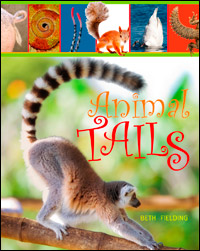 Dining with Dinosaurs: a tasty guide to Mesozoic munching
Dining with Dinosaurs: a tasty guide to Mesozoic munching
by Hannah Bonner
48 pages; ages 7-10
National Geographic Kids, 2016
If you are starving for dinosaur knowledge, this book serves up a full-course meal of mouthwatering Mesozoic food facts. Starting with who ate who. Or whom. It’s a basic intro to the “vores” – carnivores eating herbivores who are eating plants which are gobbling down photons at an alarming rate.
We meet the meat eaters – carnivores of all sizes from mega-huge to eagle-sized. There are omnivores that eat anything they can get their hands on, insectivores who eat bugs, and fish-chomping piscivores. There were even dinovores – dinos that ate dinos – and scavengers that ate anything dead, including dinos past their expiration date.
Then we meet the herbivores, plant-eaters of all sizes, makes and models from tiny crickets with huge appetites to the extra-large Diplodocus who nibbled leaves from the tops of the trees.
Along the way, Hannah (she’s the author) and her Microraptor paleo pal introduce us to scientists who explain tough questions about dinosaur poop, teeth, and more. They even interview a Mesozoic plant about its diet.
Head over to Archimedes Notebook for some additional fun and games.

It’s STEM Friday! (STEM is Science, Technology, Engineering, and Mathematics)
Copyright © 2016 Sue Heavenrich All Rights Reserved.




